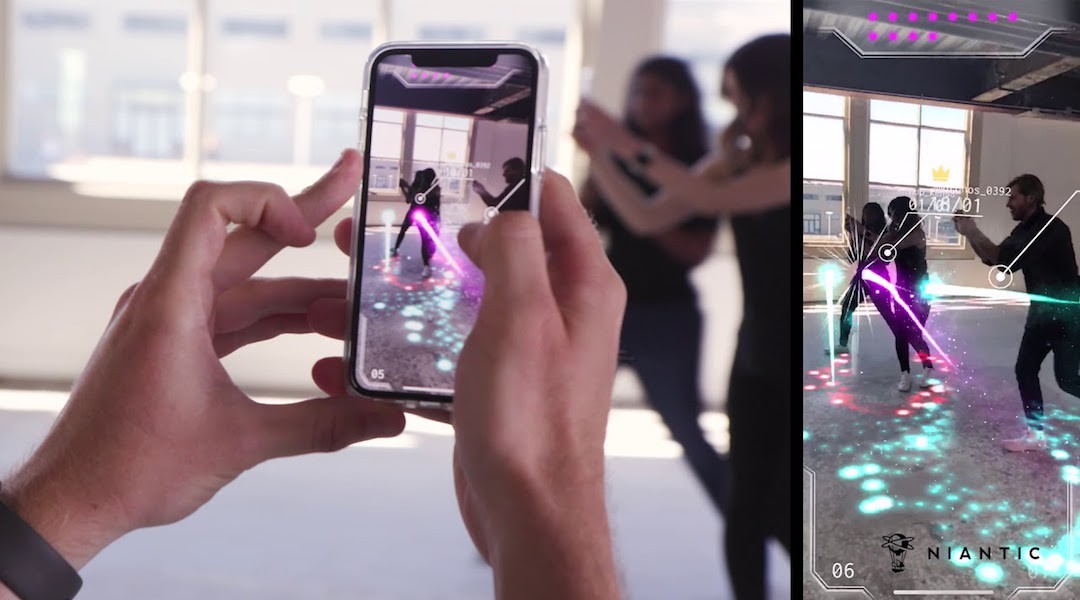
ARtillery Briefs is a video series that outlines the top trends we’re tracking, including takeaways from recent reports and market forecasts. See the most recent episode below, including narrative takeaways and embedded video.
When examining AR business models, Niantic often comes up as the sector’s revenue leader, given almost $2.5 billion in revenue to date. However, this raises the question of if all that revenue is attributable to AR, given that most time in the game is spent outside of AR.
This leads to a larger question of if Pokemon Go (PGO) is or isn’t AR, which is an ongoing industry debate. Our take has always been that it doesn’t really matter. What matters more is that its AR adjacency has done the technology a favor in acclimating the world to an early version.
Our favorite metaphor along these lines comes from Happy Giant CEO Mike Levine who compares Pokemon Go to Elvis. He didn’t technically embody the Rock & Roll we’ve come to know, but he warmed audiences up to an early version of it, thus paving the way.

Thought Excercise
Though we don’t want to get too caught up in debates over terminology, It’s still a valuable thought exercise to examine the arguments for and against Pokemon Go’s AR status. It can start to indicate potential directions for AR, and the possible need to broaden its definitions a bit.
For example, one reason often cited against PGO’s AR designation is a lack of scene awareness and spatial positioning for overlaid graphics. They’re more floating stickers than AR. But in fairness to Niantic, this is advancing with things like AR+ mode and the Snapshot feature.
And Niantic’s recent tech acquisitions like Escher Reality and Matrix Mill will further advance its AR interactions. That goes beyond PGO and Harry Potter Wizards Unite, and will advance Niantic’s Real World Platform — its AR engine that’s spinning out as a developer platform.
Another argument against Pokemon Go’s AR designation is that most players turn off AR mode, due to battery life and other reasons. Niantic CEO John Hanke admitted at the GDC conference that the average AR time per session is 2-3 minutes, and that AR isn’t a silver bullet for any game.

Broadening AR
Shifting to the arguments Pokemon Go is AR, it melds the digital and physical, but in a broader sense. Even if it isn’t AR on a pixel level, it is on an experiential level. For example, gameplay is dynamic so there are more grass Pokemon around parks and water pokemon around beaches.
Niantic is also evolving and refining that digital and physical cohesion on more granular levels. In PGO, Harry Potter Wizards Unite and the larger Real World Platform, it wants gameplay to shift dynamically based on things like the terrain you’re standing on or variables like weather.
But one underlying lesson here is that for AR to grow and have wider appeal, we have to broaden our definitions. Just like PGOs more general cohesion of the digital and physical, there are other AR-adjacent technologies and flavors of “augmentation” such as audio content (audio AR).
Specifically, informational sound overlays could piggyback on hearables like Apple Airpods or Bose Frames. And like Pokemon Go, those don’t carry the technical definitions of AR mentioned above (semantic scene understanding, etc.), but they’re still compelling forms of augmentation.

Business Case
It’s also important to note that broadening AR’s definition means a broader set of AR use cases. And that in turn brings us to a broadened set of business cases. This means potentially more revenue for the still-early and unproven AR sector which is still trying to define itself.
We’ll be back with more on this concept of broadening AR. That includes hearables, as mentioned, and other modalities that could represent AR experiences beyond graphical overlays. Like many tech revolutions, the eventual formats won’t be what we envisioned in early days.
For deeper XR data and intelligence, join ARtillery PRO and subscribe to the free AR Insider Weekly newsletter.
Disclosure: AR Insider has no financial stake in the companies mentioned in this post, nor received payment for its production. Disclosure and ethics policy can be seen here.
